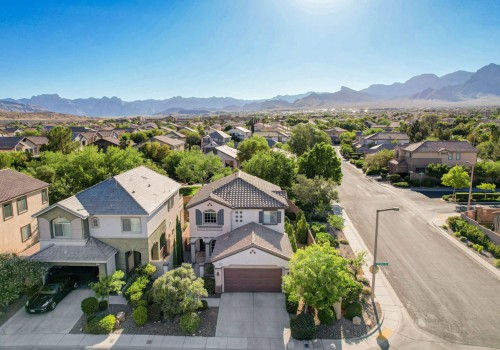Construction practices minimize waste and recycle materials, helping to achieve efficient use. Best of all, because they are built with the intention of reducing energy consumption, sustainable homes reduce emissions that affect climate change. While some may falsely think that prefabricated houses are flimsy or built, modern prefabricated homes are quite the opposite. For example, Manta North homes are made of high-performance materials, such as the highest quality CLT, Kingspan insulation and Firestone roof membrane, ensuring that your home not only works efficiently in a variety of climates, but does so for a long time.
Since the walls of the building are composed of heat-treated wood, which has experienced a tremendous increase in demand over the past decade, your home will also age elegantly. We stand behind the quality of our homes and, for the peace of mind of our customers, all Manta North homes have a 10-year limited warranty. Even though some dismiss green housing as expensive, the benefits still outweigh all potential disadvantages. For example, sustainable homes are an excellent long-term investment that pays for itself with low maintenance costs, a high resale value if you ever decide to sell your home, and greater energy efficiency.
In addition, these types of homes allow you to feel more connected to nature, either through landscaping or by reducing energy consumption. This is where sustainable housing comes into play as one of the most profound and impactful levels of how people can live more consciously. Sustainable home builders not only care about building homes that are more environmentally friendly, but they also want to build quality homes that last. We sincerely believe that sustainability is also related to conscious living: being aware of all aspects of your lifestyle and environment.
Sustainability is a broad and complex concept, which has become one of the important problems in residential buildings. A residential building is generally defined as a house in which at least half of the area is intended to be a living space. To reduce their impact on the environment as much as possible, sustainable home builders try to be as environmentally friendly as possible during the construction process by using paints, adhesives, sealants and other materials that are more sustainable and that emit less chemical emissions. It is absolutely impossible that without these incentives there can be an increase in housing in metropolitan areas outside metropolitan areas, thus reducing green spaces.
As more people realize the importance of conserving Mother Nature's resources, sustainable construction has been gaining popularity as prospective homebuyers seek to reduce their carbon footprint. For a house to be truly sustainable, it must be built to withstand whatever comes its way, so it doesn't need extreme renovations that could cause greenhouse gas emissions and waste resources. A true sustainable project must be one that discusses and considers all economic, environmental and social problems, and also within the limits of affordability. Collaborations with agencies that work with local authorities to help them increase their ambition for sustainable development.
So, if you're going to sell your house, you're likely to find that it's easier to sell and that you're getting a better price for it, because it's a sustainable home. The development of sustainable housing in the EU region faces many challenges, driven mainly by globalization, demographic change, climate change and the economic crisis. As you can see, building sustainable housing is better for the environment than the traditional homebuilding process, and it allows you to make many interesting decisions both at the design and construction levels. .



